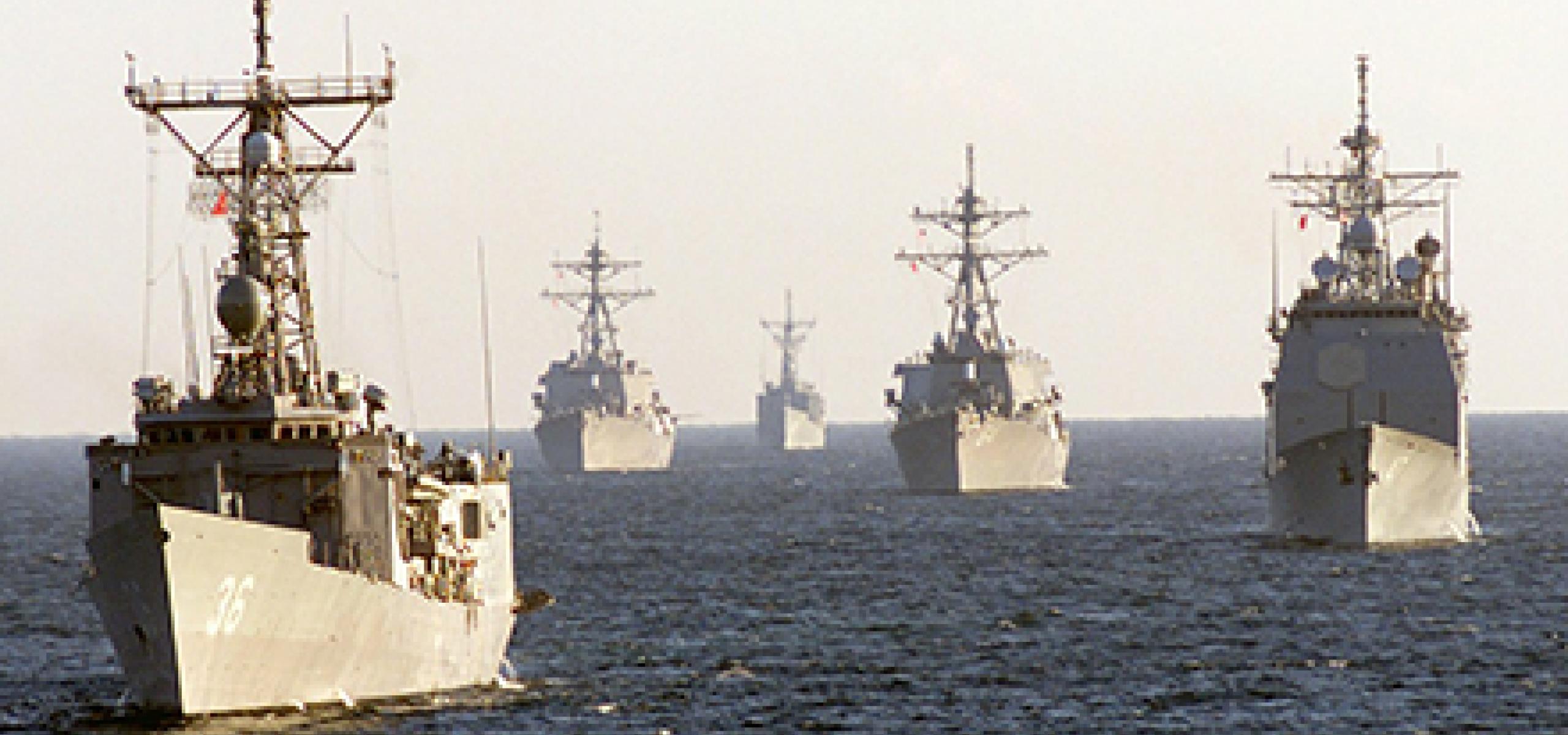
Currently, there is no specific rule of international law that regulates the development, acquisition, use, or transfer of LAMS. Photo: Defence-Imagery/Pixabay
A new research paper co-authored by Associate Professor David Letts AM, CSM and Professor Hitoshi Nasu highlights consequences surrounding the legal characterisation of lethal autonomous maritime systems (LAMS).
Published in Volume 96 of International Law Studies, “The Legal Characterization of Lethal Autonomous Maritime Systems: Warship, Torpedo, or Naval Mine?” notes the urgent need to characterise LAMS from a legal perspective amid their strengthening prospect of entering military service in the near future.
While the article does not adopt or advocate for a particular position, it articulates the legal implications of deploying LAMS under various legal regimes, said Associate Professor Letts, director of The Australian National University (ANU) Centre for Military and Security Law (CMSL).
“Existing differences between States regarding their understanding of the passage rights of warships in certain maritime zones, such as the territorial sea, has undoubtedly contributed to this situation,” he said, referring to the lack of international consensus on the legal characterisation of LAMS.
“So too, has the fact that not many States currently possess LAMS and therefore the need to reach agreement has not achieved sufficient prominence at this stage.”
The article follows an earlier collaboration between Associate Professor Letts and Professor Nasu, who both attended a US Naval War College workshop in December last year.
Professor Nasu, an international law scholar based at the University of Exeter, was previously co-director of the CMSL.